Trump Tariffs: Tracking the Economic Impact of the Trump Trade War
The Trump tariffs amount to an average tax increase per US household of $1,200 in 2025 and $1,600 in 2026.
44 min readResearch & Analysis
Historical evidence and recent studies show that tariffs are taxes that raise prices and reduce available quantities of goods and services for US businesses and consumers, which results in lower income, reduced employment, and lower economic output. For example, the effects of higher steel prices, largely a result of the Bush administration’s 2002 US steel tariffs, led to a loss of nearly 200,000 jobs in the steel-consuming sector, a loss larger than the total employment in the steel-producing sector at the time. It’s also worth noting that measures of trade flows, such as the trade balance, are accounting identities and should not be misunderstood to be indicators of economic health.
We estimate Trump’s proposed tariffs and partial retaliation from all trading partners would together offset more than two-thirds of the long-run economic benefit of his proposed tax cuts. Explore Trump’s latest trade actions with our Tariff Tracker

The Trump tariffs amount to an average tax increase per US household of $1,200 in 2025 and $1,600 in 2026.
44 min read
The Trump tariffs will likely raise the cost of food for Americans, particularly for liqueurs and spirits, baked goods, coffee, fish, and beer.
4 min read
As US businesses and consumers face higher costs of goods due to the Trump tariffs, Senator Hawley (R-MO) has introduced legislation to rebate tariff revenue to provide financial relief. The proposal takes a similar approach to the stimulus checks issued during the COVID-19 pandemic.
4 min read
Do tariffs really level the playing field, or are they just bad economics? In this emergency episode, we fact-check the Trump administration’s claims that retaliatory tariffs make trade fairer.

Rather than hurting foreign exporters, the economic evidence shows American firms and consumers were hardest hit by tariffs imposed during President Trump’s first-term.
5 min read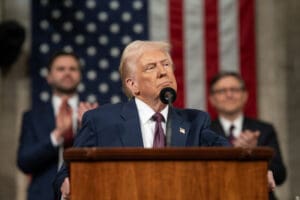
Contrary to the president’s promises, the tariffs will cause short-term pain and long-term pain, no matter the ways people and businesses change their behavior.
5 min read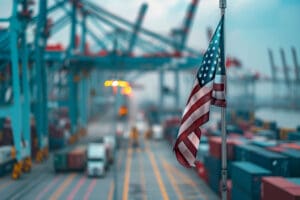
While tariffs are often presented as tools to enhance US competitiveness, a long history of evidence and recent experience shows they lead to increased costs for consumers and unprotected producers and harmful retaliation, which outweighs the benefits afforded to protected industries.

As we learned in the first trade war, retaliation will exact harm on US exporters by lowering their export sales—and the US-imposed tariffs will directly harm exporters too. US-imposed tariffs can burden exporters by increasing input costs, which acts like a tax on exports.
4 min read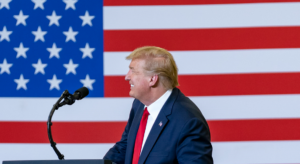
President-elect Trump may want to impose tariffs to encourage investment and work, but his strategy will backfire. Tariffs will certainly create benefits for protected industries, but those benefits come at the expense of consumers and other industries throughout the economy.
5 min read
The Trump administration appears to be moving in a “reciprocal” policy direction despite the significant negative economic consequences for American consumers of across-the-board tariffs on goods coming into the US. However, the EU’s VAT system should not be used as a justification for retaliatory tariffs.
6 min read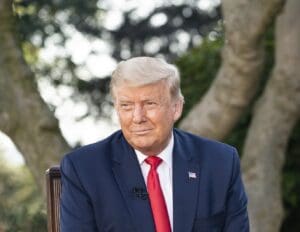
We estimate Trump’s proposed tariffs and partial retaliation from all trading partners would together offset more than two-thirds of the long-run economic benefit of his proposed tax cuts.
12 min read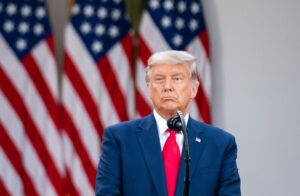
Using tariff policy to reallocate investment and jobs is a costly mistake—that’s a history lesson we should not forget.
6 min read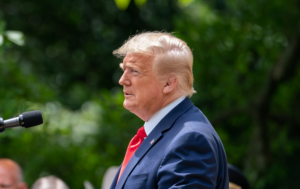
Lawmakers will need to pursue fiscal responsibility as they address the tax law expirations, but fiscal responsibility requires finding sound ways to pay for spending priorities. Tariffs don’t make the cut.
4 min read
Estimating the economic effects of different types of taxes informs policymakers about the trade-offs of raising revenue in a given way.
5 min read
Can tariffs truly replace income taxes in today’s economy? In this episode, we examine the bold and controversial proposal from former President Trump to replace income taxes with tariffs. What would this dramatic shift mean for everyday Americans, particularly those with lower incomes? And would it actually work?

In this episode of The Deduction, we unpack Trump’s tariffs as they head to the Supreme Court. We break down scenarios if the Court upholds or strikes the tariffs, who really pays, and how Congress might respond—your concise guide to tariffs and the Supreme Court.

The Supreme Court is deciding a case over whether the President can impose sweeping tax increases on imported goods. It’s a multi-trillion-dollar question with enormous implications for the US economy, taxpayers, and limitations on emergency powers.
4 min read
The Trump tariffs amount to an average tax increase per US household of $1,200 in 2025 and $1,600 in 2026.
44 min read
Several goods have experienced notably large price increases, including apparel, coffee and tea, cameras, and furniture.
4 min read
Since digital services taxes deliver limited revenue, shift the burden to European consumers, and risk provoking trade disputes, it’s time for policymakers to rethink their approach.

The US Supreme Court will hear oral arguments on November 5, to determine whether the President’s emergency powers under the International Emergency Economic Powers Act (IEEPA) include the power to impose tariffs.
5 min read
The US fiscal trajectory is on an unsustainable path over the next 35 years, regardless of whether the IEEPA tariffs are struck down or maintained.
3 min read
Instead of getting stuck in a reactionary posture, European countries should simply aim for competitiveness, and the EU can support that work with stronger, more stable trade relationships.
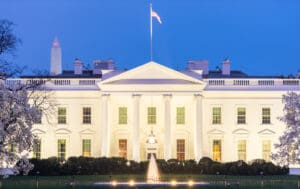
President Donald Trump’s fixation on tariffs as a solution for just about everything, including the deficit, has led him to run roughshod over the law and norms of international trade.

Sean Bray interviews Dr. Irma Mosquera Valderrama, Full Professor of Tax Governance at Leiden Law School (Leiden University) and EU Jean Monnet Chair Holder on EU Tax Governance about the EU tax mix.
24 min read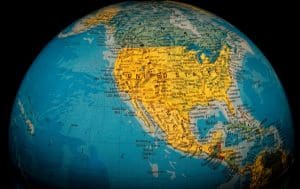
The agreement represents a major change for tax competition as well, and many countries will rethink their tax policies for multinationals. However, the US will continue to chart its own course, and other countries may prefer to do the same, depending on the final outcome of the G7 statement.
8 min read
President Trump has recently floated the idea of imposing tariffs of up to 250 percent on pharmaceuticals, with the intention of shifting pharmaceutical production to the US. These tariffs would not only drive drug prices higher but could also lead to shortages and reduce long-run drug innovation.
3 min read
While the One Big Beautiful Bill Act tries to buoy manufacturing, President Trump’s tariffs are an anvil dragging the sector down.

Trump’s 2025 tariffs will hit nearly three-quarters of US food imports, raising prices on products that are often difficult or impossible to produce domestically. Senator Hawley has proposed a rebate program to return some of the revenue to households—but would it actually help?

As US businesses and consumers face higher costs of goods due to the Trump tariffs, Senator Hawley (R-MO) has introduced legislation to rebate tariff revenue to provide financial relief. The proposal takes a similar approach to the stimulus checks issued during the COVID-19 pandemic.
4 min read
The Trump tariffs will likely raise the cost of food for Americans, particularly for liqueurs and spirits, baked goods, coffee, fish, and beer.
4 min read
Our experts explain how this major tax legislation may affect you and how policymakers can better improve the tax code.
24 min read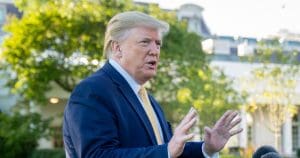
The administration has a strong desire to boost manufacturing investment and there are many provisions in the new tax bill that support this aim. But the administration’s erratic trade policy is driving up the costs of key inputs that manufacturers rely on to build things in the US.

Our analysis finds that the Trump tariffs threaten to offset much of the economic benefits of the new tax cuts, while falling short of paying for them.
3 min read
President Trump made clear that the US wouldn’t accept the global minimum tax (known as Pillar Two) from the OECD in its current form.